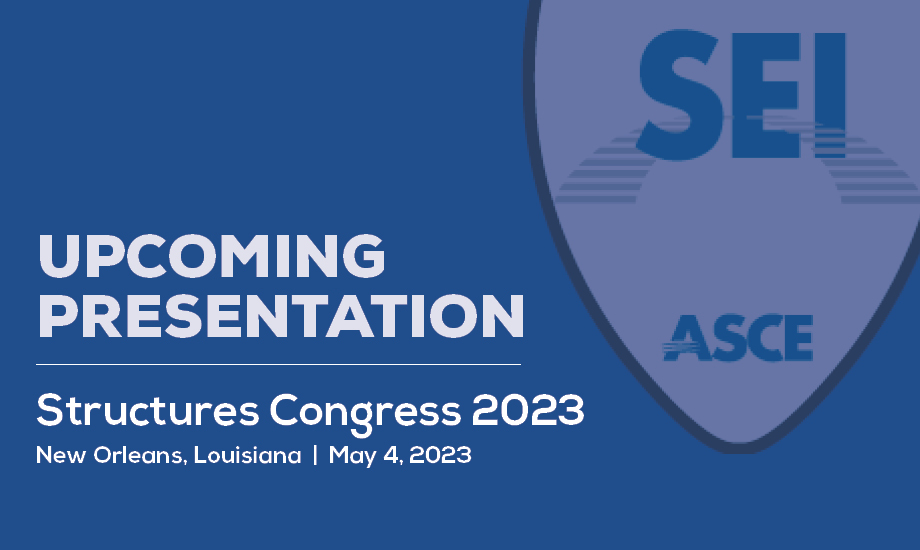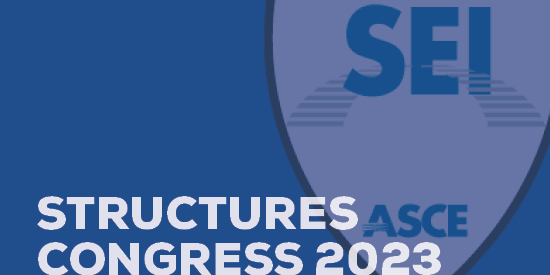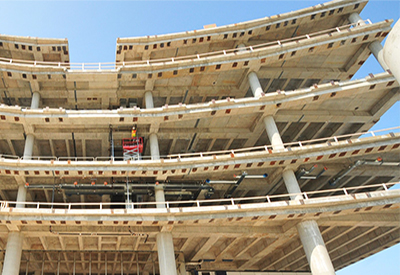ASSESSING THE RISK FOR BLAST
Risk Assessment and Planning for Blast Design of Facilities with No Known Explosives. Protective design methods for blast, shock, and impact loading, such as from a blast event, are not addressed in typical design codes, but may be requested by project owners or end users. A risk assessment provides a basis of understanding from which users and stakeholders can make informed decisions to direct protective design for a project. Risk assessments include identifying asset values and threats, determining vulnerabilities, quantifying the impact of a loss event, and suggesting risk mitigation measures. When explosive threats are identified for a project, the Level of Protection dictates the performance-based criteria based on allowable damage in the event of the Design Basis Threat incident. Though government agencies have their own methods for producing risk assessments, the private sector may rely on protective design specialists to assist in determining risks and the appropriate protective design criteria for a project. This research aims to generalize the risk assessment and criteria setting procedure to be adaptable to a variety of projects based on understanding user goals and risk tolerances.










